Table of Contents
RC Cola, a 100-year-old soft drink brand, once had a hugely loyal fanbase in the USA. Even famous American rhythm guitarist “Big Bill Lister” sang a song called “Gimme An R C Cola and a Moon Pie”. In fact, RC Cola was the best-selling soda in the Philippines in 2015. Although RC Cola is currently in a declining stage, the Royal Crown Company was popular as the most innovative soft drinks manufacturer in the beverage industry for a long time.
Thus the brand once became a powerful threat even to beverage giants like Pepsi or Coca-Cola. RC Cola once led the global soft drinks market with various unique soft drinks, including cherry flavored cola, diet soda, and premium cola drinks, but due to various reasons, RC Cola has fallen far behind.
Overview
The Royal Crown Company was started in 1905 by Claude Hatcher, a pharmacist, and wholesale grocery shop owner. Being a wholesaler, Hatcher, as a middleman, had to do plenty of dealings with both manufacturers and traders. In the meantime, Hatcher one day, while talking to a representative of the Coca-Cola Company named Columbus Roberts, expressed interest in purchasing more Coca-Cola syrup. Usually, almost all sellers give a discount if something is purchased in large quantities, but the representative of Coca-Cola did not want to give any kind of discount.
At one point in the conversation, Hatcher became angry and decided never to buy from Coca-Cola again, but instead to make a new cola himself. From this thought, he discovered the formula for making ginger ale. He named this newly invented drink “Royal Crown Ginger Ale,” which was able to create a huge response among people at that time.
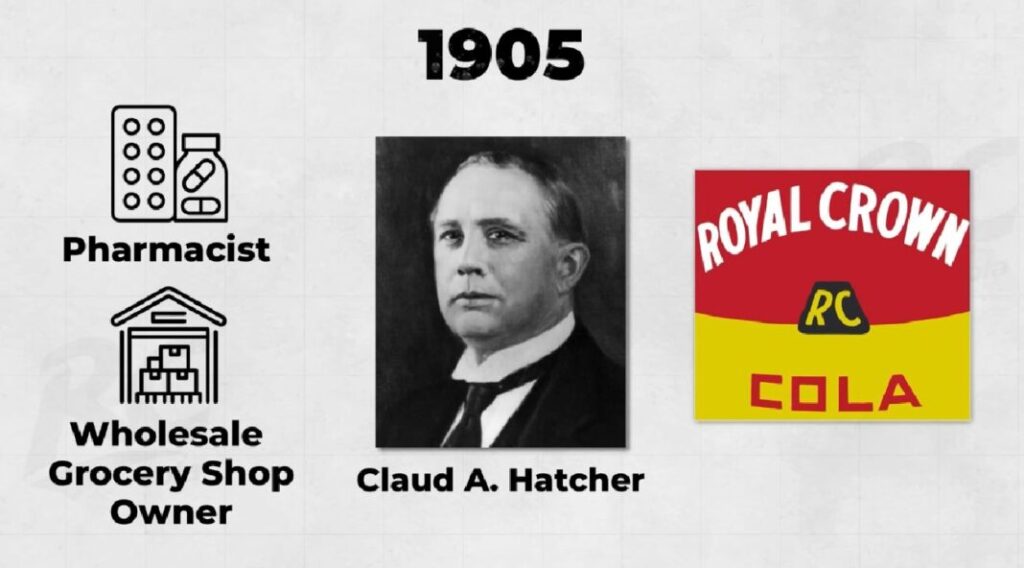
As a result, Hatcher and his father decided to close the wholesale grocery shop business and sell only these drinks. Later in 1907, they entered the cola industry with another new product called “Chero Cola.” Overnight, Hatcher’s Cherro Cola became as popular as the original Coca-Cola and in no time built 700 distribution franchises. Later in 1912, the company was named Chero Cola Company. But because of the use of the word cola in the name of the product, at that time Coca Cola sued Chero Cola and won the case.
As a result, Chero Cola had to drop the word Cola from its name in 1923. After the court ruling, Hatcher developed a fruity soda recipe that he named “Nehi” (pronounced: nee-hi) and immediately changed the company’s name to Nehi Corporation in 1928. After Claude Hatcher’s death in 1933, Hilary Mott, the company’s vice president of sales, was appointed to head the company, initially focusing on how to increase production more efficiently. In 1934, the company launched a cola product called Royal Crown, now known as RC Cola, using the proceeds from Fruit Soda.
They conducted a taste-test program to find that people preferred Royal Crown to Coca-Cola or Pepsi. The company also endorsed Hollywood stars like Bing Crosby, Gary Cooper, and Claudette Colbert. According to a court ruling in 1944, cola manufacturers could add the word cola to the name of their beverage drink. After this ruling, Royal Crown has again renamed RC Cola, and in 1951 the company was renamed Royal Crown Cola Company.
In 1962, they launched another product called Diet Rite, which was essentially the world’s first commercially produced calorie-free diet soda. While Coca-Cola and Pepsi led the market at that time, RC Cola and Diet Rite were third and fourth in the market. And these two drinks were from the Royal Crown Cola Company.
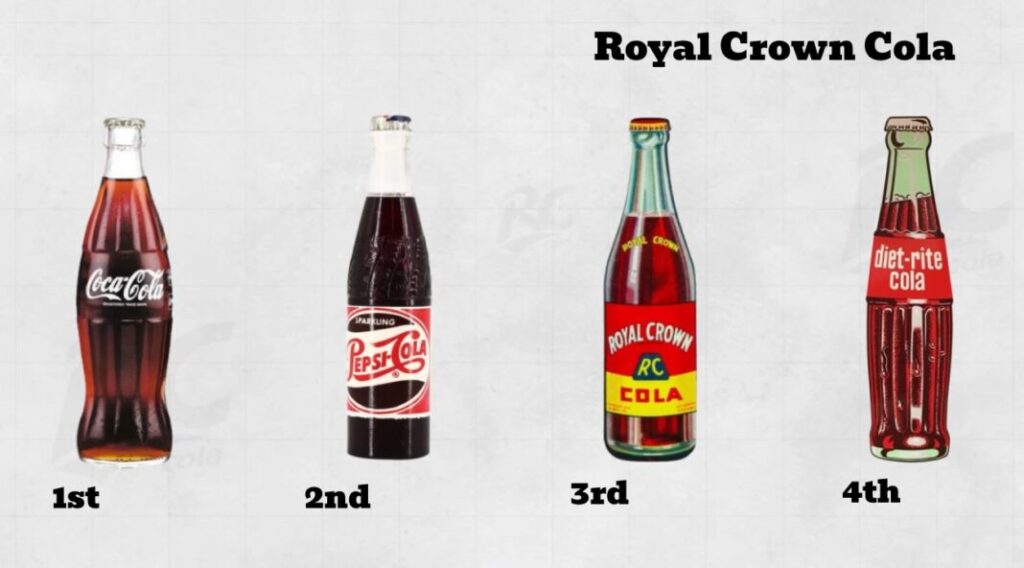
But in 1969, the government banned the use of cyclamate as an ingredient in cola, which was originally used as an artificial sweetening element in diet cokes. Due to this government ban, people are afraid of diet soda. As a result, Royal Crown had to discontinue one of its best products, “Diet Rite.”
Then in 1978, the company focused on exports and started supplying products to various countries in Europe and Asia, such as – the Czech Republic, Slovakia, Estonia, Iceland, Thailand, Philippines, etc. By 1980, RC Cola held 30 percent of the total soft drink market in Pakistan. In 1984, nearly 80 years after Royal Crown was founded, Victor Posner acquired the company through his subsidiary DWG Corporation and took over as CEO.
In 1990, when the Pakistan government applied the capacity tax, the “Pakistan Fruity Juice Company“, which was producing RC Cola in Pakistan at that time, stopped the production of RC Cola. On the other hand, in 1993, Triarc Companies Inc. Royal Crown acquired the company from Posner, and John Carson was given responsibility for Royal Crown.
In 1995, Royal Crown introduced a premium draft cola made directly from sugar cans, but Royal Crown failed to generate the expected revenue. Even, in the same year, Royal Crown Company’s bottling plant in Orlando, America, was closed. After that, for about 4 years, distribution was going on from that factory all over Central Florida, but in 1999 due to labor shortage, that too had to be closed.
As the chief executive of Tri-Arc’s beverage division told The Wall Street Journal in 1998, “Pepsi and Coca-Cola are doing very aggressive marketing. The amount of RC Cola that is sold in a whole year, the same amount of Pepsi is sold in one week. As a result, RC Cola has to fight for every inch of shelf space in super shops.” In 2001, Cott Corporation Internationally acquired RC Cola.
Since 2002, Royal Crown has launched various premium mixers, RC Neo in the market, and the latest product in their product line-up was the Royal Crown Vintage Cola. Additionally, in 2012, the Chicago-based RC Cola bottling firm filed for Chapter Seven bankruptcy and ceased operations.
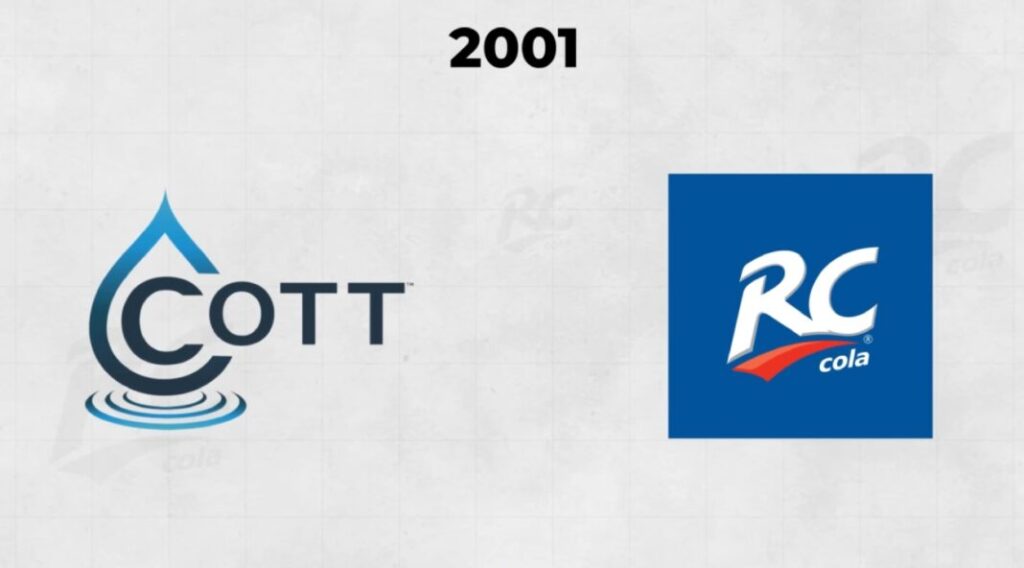
Why Did RC Cola Decline?
Intense Competition
Since the 70s, the rivalry between Coca-Cola and Pepsi over market share started. Both companies focused on strengthening their manpower, production, and distribution networks to capture a larger share of the market by increasing the sales volume. On the other hand, RC Cola’s most popular product at that time, Diet Rite Coke, stopped production, and after many attempts, RC Cola failed to revive that time.
Besides, Royal Crown did not have enough funds to compete in the market with two popular brands – Coca-Cola and Pepsi, in terms of marketing and distribution. On the other hand, since Coca-Cola and Pepsi were both large companies, RC Cola could not compete with the aggressive marketing and superior distribution channels of these two companies.
As a result, the situation is such that even though diet cola, caffeine-free cola, salt-free cola, and aluminum can-based drinks were first introduced by RC Cola in the market, Coca-Cola or Pepsi products are able to capture more market. In the mid-80s, RC Cola fell behind Coca-Cola, Pepsi, Dr. Pepper, and Seven Up in the USA.

Lack Of Promotion
From 1940 to 1990, RC Cola’s main rivals were Coca-Cola and Pepsi. Since the beginning, the two brands have been competing for market share in what is known as the Cola Wars. However, from the early 70s, this war has become huge.
At that time, both the cola brands – Coca-Cola and Pepsi – were heavily involved in unique marketing campaigns and new product launches. Since the early 80s, both brands have been competing simultaneously through television and radio, print media, event sponsorships, and celebrity endorsements. On the other hand, RC Cola was doing poster marketing focusing only on their base soda.
It was not sufficient at that time to survive with the existing big brands by marketing only in print media. As a result, among cola brands in 1990, while Coca-Cola had a 40.2 percent market share, Pepsi had 31.5 percent, and 7 Up had 9.5 percent, Royal Crown had only a 2.8 percent market share. Basically, RC Cola failed to do as much strategic marketing as it needed to keep up with other brands.
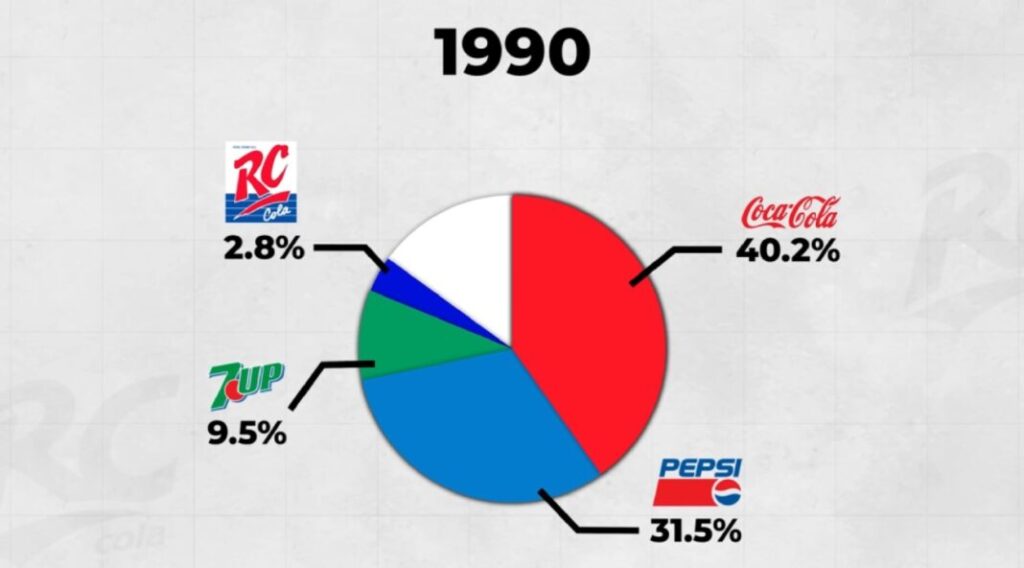
Lack of Vision
After the government ban on Cyclamite, Royal Crown Cola stopped production of Diet Rite, one of the company’s most successful products, and began to diversify its business. As part of this, Royal Crown Cola Company acquired two fruit juice manufacturing companies named Texun and Adams Packing.
Besides, the company invests in home furnishing, home tiles, cabinets, mirrors, picture frame making, and even fast food chains. Following this, in 1984, when Victor Posner took charge of the Royal Crown Cola Company, he dropped the word “cola” from the company’s name. At that time, he also reduced the marketing budget to cut costs.
Later in 1993, Royal Crown Company ownership went to Tri Arc Companies Inc., and the company focused on regaining the popularity of RC Cola. Tri-Arc, in addition to spending about $25 million on marketing Royal Crown, introduced a new product in 1995 called “Royal Crown Draft Cola,” which was discontinued a year later. Basically, the company could not move forward due to the lack of foresight and mismanagement of the officials.

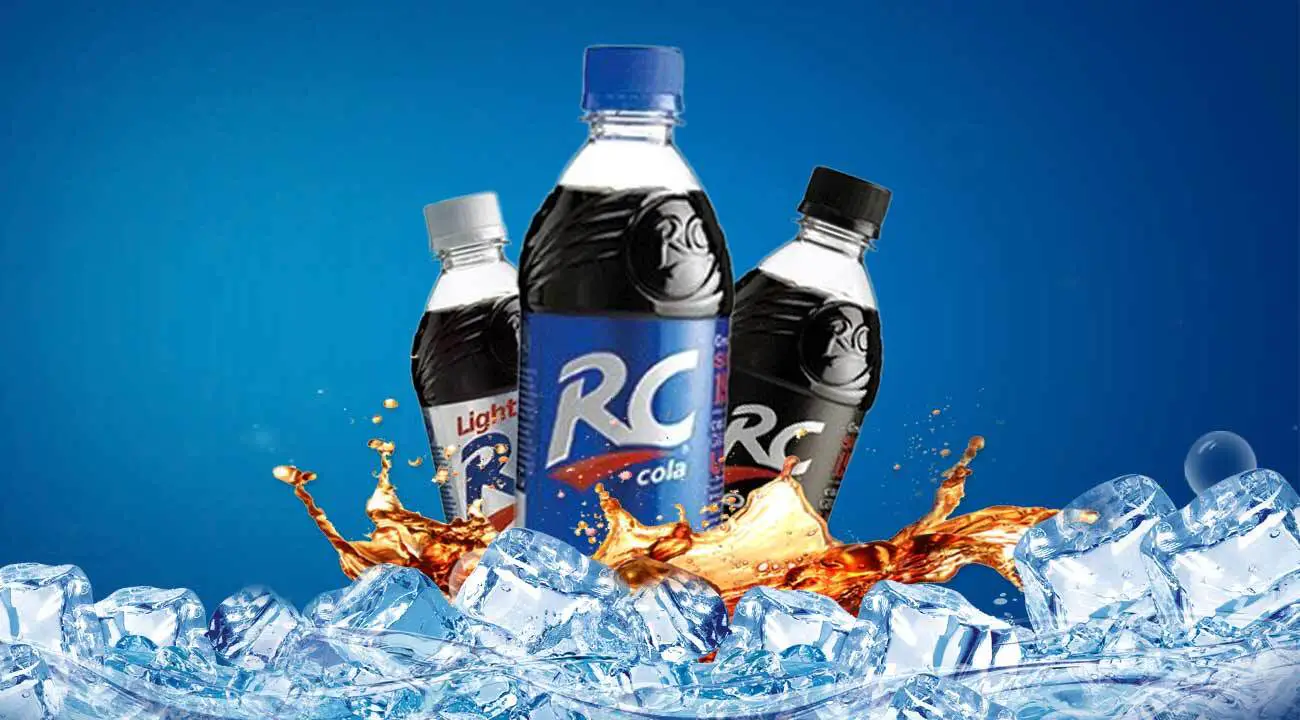
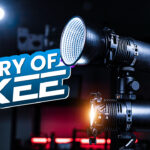







Leave a Comment